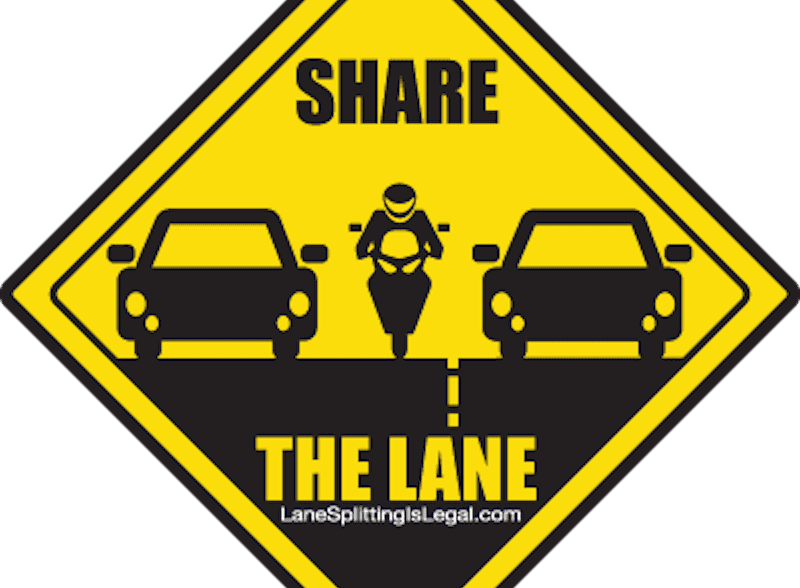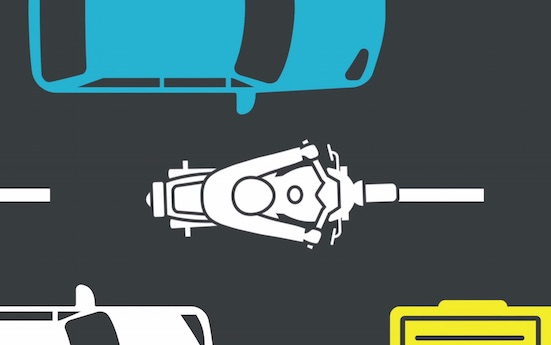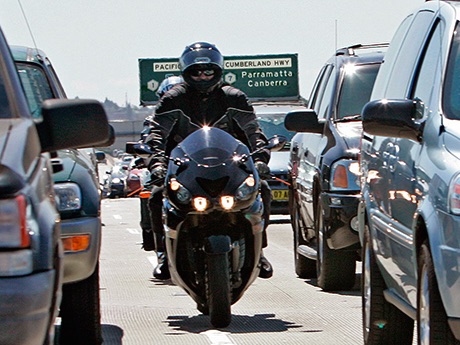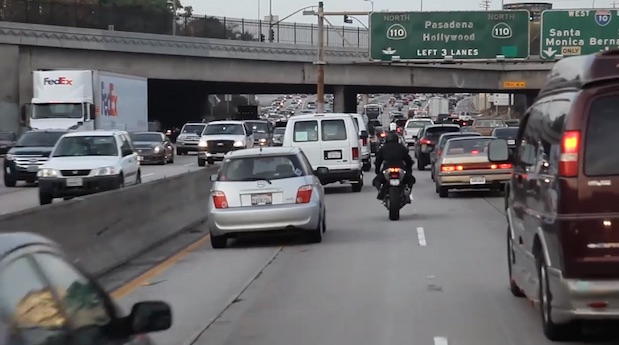Lane filtering laws now extend to four states and one territory in Australia and lane splitting in California in the US, but more states may be coming on board and the laws vary.
It makes it difficult for nomadic riders to avoid offending if the laws vary slightly in each state.
While we welcome lane filtering laws, shouldn’t they all be the same?
How can riders be expected to know all the vagaries of traffic laws in each state?
Australian Motorcycle Council representative Guy Stanford believes uniform road rules will happen … one day.
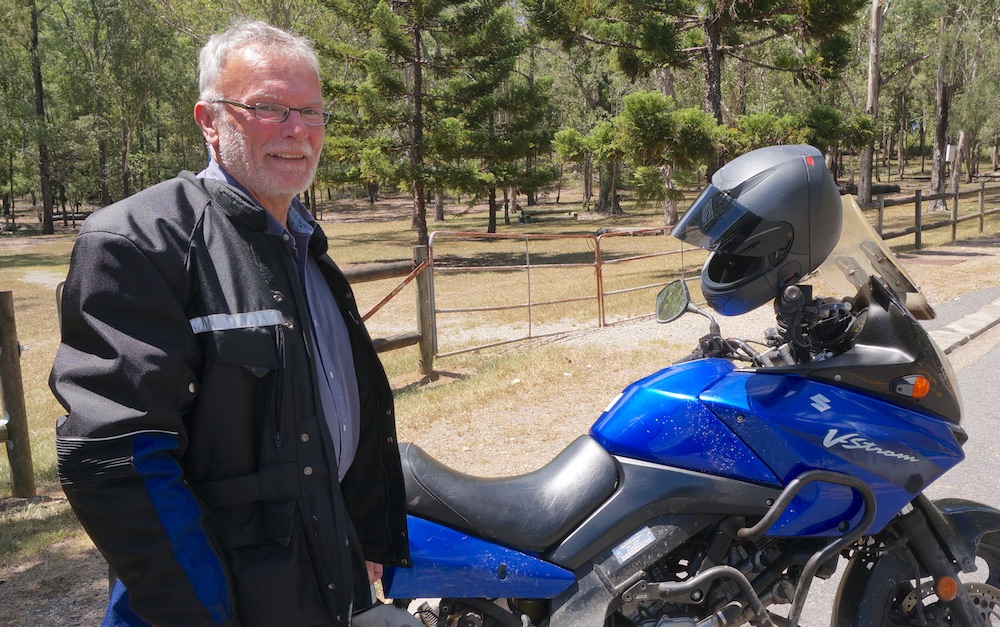
“It’s a complex process to get state agreement on road rules,” he says.
The problem is that states are possessive of their road rules because it is one of the few things over which they retained power after Federation.
Guy was invited by the National Transport Commission to address the Australian Road Rules Maintenance Advisory Group which is attempting to make road rules uniform across all states.
While varied lane filtering laws have been introduced, Guy says uniform rules about standing on the foot pegs and pushing a bike without having to wear a helmet have recently been introduced, so there is hope.
How the lane filtering laws vary
Let’s start with how they are similar.
Every law includes wording that says something like “only allowed when safe to do so”.
Guy says this vagueness means police can use their opinion to fine riders.
“That is sloppy legislation wording and it can mean fines for safe filtering,” he says.
“And like the confused helmet laws, cops can use the road rules to harass riders.”
Other similar lane-filtering regulations are:
- The maximum filtering speed is 30km/h;
- Filtering is banned in school zones during school times;
- Filtering is illegal between a vehicle and the kerb; and
- Filtering is restricted to fully licensed riders only, not learners or provisional licensed riders (except P plates in Victoria and R-Date in SA).
The biggest differences are in Queensland which allows riders to use the “green bicycle box” at intersections and permits “edge filtering”.
The latter means riders can use the sealed verge on roads posted at 90km/h or more.
Perversely, if the electronic speed signs drop the speed limit under 90km/h – usually during peak hours when you are more likely to filter on these roads, anyway – it is illegal.
The ACT trial bans filtering next to heavy vehicles and buses, while it is only a recommendation in NSW and not mentioned in Queensland, Victoria or South Australia.
South Australia and Victoria specifically mention that lane filtering is banned at crossings and roundabouts which are not mentioned in the other states’ rules.
Victoria also uses signs saying “no motorcycle lane filtering sign” to delineate areas where it is banned.
American lane splitting
Meanwhile, California is the first American state to allow lane splitting.
In the lead-up to the Californian legislation, there were recommendations of a top speed of 30mph (48km/h) and 50mph (80km/h) and not more than 10mph (16km/h) and 15mph (25km/h) faster than the traffic flow.
However, the law has only “general guidelines”, recommendations and no mandatory top speed.
Instead, lane splitting is monitored by the California Highway Patrol (CHiPs) and only allowed when it is “safe and prudent”.
American moto journalist Robin Hartfiel of Motorcycle and Powersport News says there is still plenty of room for interpretation of the laws.
“The vehicle code change last year gave the California Highway Patrol the authority to establish guidelines for lane splitting,” he says.
“Although CHP had done this once before about five years ago, someone filed a complaint that the CHP producing guidelines was de facto lawmaking and CHP had to pull it all down.
“The new guidelines are in development from what I understand and the speed differential you referenced is part of this process, along with only splitting between the one and two lanes.”
The law does, however, include fines for motorists for “intentionally blocking or impeding a motorcyclist in a way that could cause harm to the rider” such as opening a door or moving over on a rider.
We could do with that one in Australia! Instead, we have fines for riders only.
The fines are now almost $400 and three points. Previously they were about $150 and one point for passing on the left and $75 and no points for failure to stay in your lane.
However, due to representation by the Victorian Motorcycle Council (VMC), Victoria has introduced a low-level 1-point penalty for minor exceeding of the 30km/h limit while filtering. Other Australian States, please take note!
Other states of the US, including Texas, Washington, Tennessee and Oregon, and British Columbia and Ontario in Canada are considering introducing lane splitting laws but with varied maximum splitting speeds and variances with surrounding traffic.


